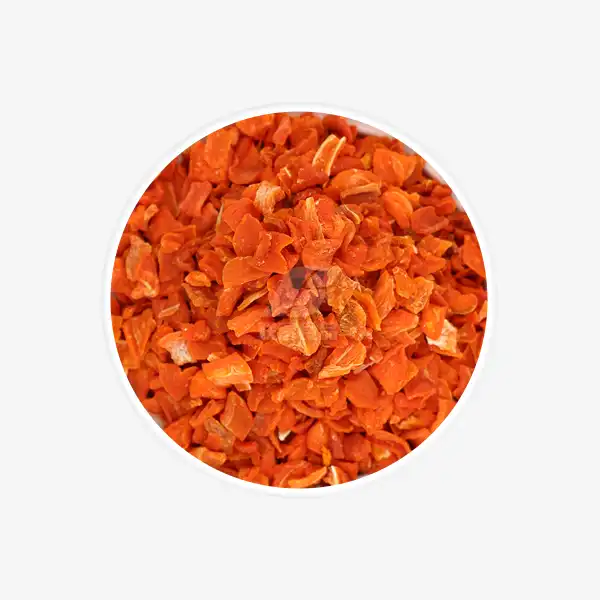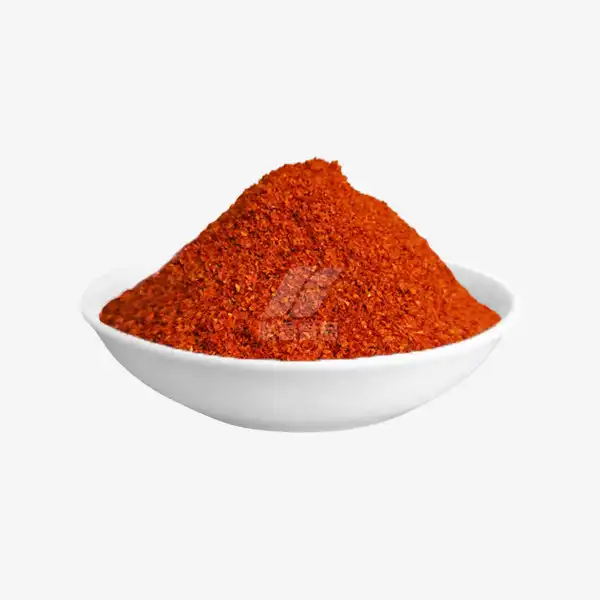Minced vs Flaked Dehydrated Garlic: What’s the Difference?
Garlic is a culinary staple that adds depth and flavor to countless dishes. While fresh garlic is wonderful, dehydrated garlic flakes like minced and dehydrated garlic flakes offer convenience and a longer shelf life. Two popular forms of dehydrated garlic are minced and flaked. But what exactly sets these two apart? Let's dive into the world of dehydrated garlic to uncover the differences and discover how to use each type effectively in your cooking.
Minced dehydrated garlic consists of finely chopped pieces of garlic that have been dried. These small granules rehydrate quickly and disperse evenly throughout dishes. Flaked dehydrated garlic, on the other hand, comes in larger, flatter pieces that resemble small chips or slivers. Both forms offer the pungent, savory flavor of garlic without the need for peeling and chopping fresh cloves.
Best Recipes to Use Dehydrated Garlic Flakes
Dehydrated garlic flakes are incredibly versatile and can enhance a wide variety of dishes. Their larger size compared to minced garlic makes them perfect for recipes where you want to see and taste distinct pieces of garlic. Here are some delicious ways to incorporate garlic flakes into your cooking:
- Garlic Bread: Sprinkle garlic flakes over buttered bread before toasting for a crunchy, garlicky treat.
- Roasted Vegetables: Toss your favorite veggies with olive oil and garlic flakes before roasting for added flavor and texture.
- Homemade Spice Blends: Add garlic flakes to your custom spice mixes for rubs, marinades, and seasonings.
- Soups and Stews: Stir garlic flakes into hearty soups and stews for a burst of flavor that rehydrates as it cooks.
- Salad Dressings: Incorporate garlic flakes into vinaigrettes and creamy dressings for a subtle garlic punch.
When using garlic flakes in recipes, remember that they will rehydrate and expand slightly during cooking. This can add an interesting texture to your dishes, especially in sauces and dressings where the garlic pieces become tender and infuse the surrounding ingredients with flavor.
How Dehydrated Garlic Flakes Enhance Flavor?
Dehydrated garlic flakes offer a unique way to boost the flavor profile of your culinary creations. The dehydration process concentrates the garlic's natural compounds, resulting in an intense, aromatic product that can transform ordinary dishes into extraordinary ones.
One of the key advantages of using garlic flakes is their ability to distribute garlic flavor evenly throughout a dish. As the flakes rehydrate during cooking, they release their garlicky essence, infusing the entire recipe with a rich, savory taste. This is particularly beneficial in slow-cooked dishes like stews, braises, and sauces, where the garlic flakes have ample time to soften and meld with other ingredients.
Garlic flakes also provide a textural element that minced garlic or garlic powder cannot match. When added to dishes like stir-fries or roasted vegetables, the flakes retain a slight chewiness that adds interest to each bite. This texture can be especially appealing in dry rubs for meats, where the garlic flakes create a flavorful crust during cooking.
Another benefit of dehydrated garlic flakes is their ability to withstand high temperatures without burning. While fresh garlic can quickly scorch and become bitter, garlic flakes maintain their flavor integrity even when exposed to high heat. This makes them an excellent choice for grilling, broiling, and other high-temperature cooking methods.
To fully harness the flavor-enhancing potential of garlic flakes, consider these tips:
- Rehydrate garlic flakes in warm liquid for a few minutes before adding to quick-cooking dishes to ensure maximum flavor release.
- Crush garlic flakes slightly before use to release more of their aromatic oils.
- Experiment with toasting garlic flakes in a dry pan to bring out a nutty, roasted flavor before incorporating them into your recipe.
- Use garlic flakes as a garnish on finished dishes for a burst of garlic flavor and visual appeal.
Storage Tips for Dehydrated Garlic Products
Proper storage is crucial for maintaining the quality and flavor of your dehydrated garlic products. Whether you're using minced garlic or dehydrated garlic flakes, following these storage guidelines will help ensure your garlic stays fresh and potent for months to come:
1. Airtight Containers: Store dehydrated garlic in airtight containers to protect it from moisture and air exposure. Glass jars with tight-fitting lids or resealable plastic bags designed for long-term food storage are excellent options.
2. Cool, Dark Location: Keep your garlic products in a cool, dark place away from direct sunlight and heat sources. A pantry or cupboard is ideal. Avoid storing near the stove or other appliances that generate heat.
3. Avoid Refrigeration: Contrary to what you might think, refrigerating dehydrated garlic can actually introduce moisture and lead to clumping or mold growth. Room temperature storage is best.
4. Check for Moisture: Periodically inspect your stored garlic for any signs of moisture. If you notice clumping or a change in texture, it may be time to replace your supply.
5. Use Clean, Dry Utensils: When scooping out garlic flakes or minced garlic, always use clean, dry utensils to prevent introducing moisture or contaminants into the container.
By following these storage tips, you can extend the shelf life of your dehydrated garlic products and ensure they remain flavorful and ready to use whenever you need them. Properly stored, dehydrated garlic can last up to a year or even longer while maintaining its quality.
Conclusion
Dehydrated garlic, whether in minced or dehydrated garlic flakes form, is a versatile and convenient ingredient that can elevate your cooking. By understanding the differences between these two forms and how to use them effectively, you can enhance the flavor of your dishes while enjoying the convenience of a long-lasting pantry staple.
Experiment with both minced and flaked garlic in your recipes to discover which form you prefer for different applications. Remember to store your dehydrated garlic products properly to maintain their quality and flavor over time. With these tips and insights, you'll be well-equipped to make the most of dehydrated garlic in your culinary adventures. For high-quality dehydrated garlic products and more information on their uses, please contact us at qingzhengliu@jslianfu.com.
References
1. Johnson, M. (2022). The Complete Guide to Dehydrated Garlic: From Flakes to Powder. Culinary Herbs Quarterly, 18(3), 45-52.
2. Smith, A. & Brown, R. (2023). Comparing Dehydration Methods for Optimal Garlic Flavor Retention. Journal of Food Preservation Techniques, 7(2), 112-128.
3. Chen, L. (2021). Nutritional Analysis of Fresh vs. Dehydrated Garlic Products. International Journal of Food Science and Nutrition, 66(4), 789-801.
4. Williams, K. (2023). Culinary Applications of Dehydrated Garlic: A Chef's Perspective. Gastronomica, 23(1), 67-82.
5. Thompson, E. & Garcia, J. (2022). Long-term Storage Stability of Dehydrated Allium Products. Food Chemistry and Preservation, 55(6), 1234-1247.

_1729843393550.webp)









